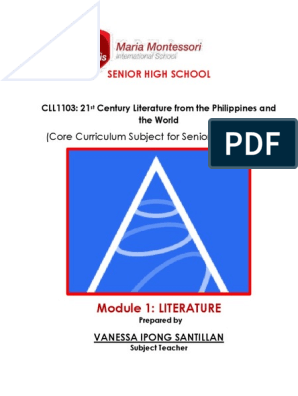0% found this document useful (0 votes)
367 views1 page3 Week Poetry UNIT PLAN
This unit plan focuses on poetry reading and response. Students will learn to recognize different forms of poetry like rhymed verse, blank verse, haikus, and sonnets. They will identify literary elements like alliteration, assonance, figurative language, metaphor, simile, symbolism, and imagery. Students will read their published poetry aloud, compile their poems into a chapbook, and participate in revision workshops. Guiding questions help students analyze what a poem is, how it differs from prose, poetic techniques, and how to read and interpret a poem.
Uploaded by
johnistelCopyright
© Attribution Non-Commercial (BY-NC)
We take content rights seriously. If you suspect this is your content, claim it here.
Available Formats
Download as DOC, PDF, TXT or read online on Scribd
0% found this document useful (0 votes)
367 views1 page3 Week Poetry UNIT PLAN
This unit plan focuses on poetry reading and response. Students will learn to recognize different forms of poetry like rhymed verse, blank verse, haikus, and sonnets. They will identify literary elements like alliteration, assonance, figurative language, metaphor, simile, symbolism, and imagery. Students will read their published poetry aloud, compile their poems into a chapbook, and participate in revision workshops. Guiding questions help students analyze what a poem is, how it differs from prose, poetic techniques, and how to read and interpret a poem.
Uploaded by
johnistelCopyright
© Attribution Non-Commercial (BY-NC)
We take content rights seriously. If you suspect this is your content, claim it here.
Available Formats
Download as DOC, PDF, TXT or read online on Scribd
/ 1




















































































